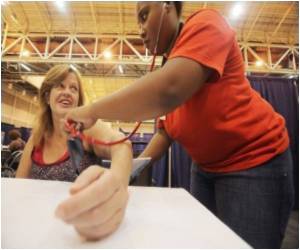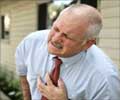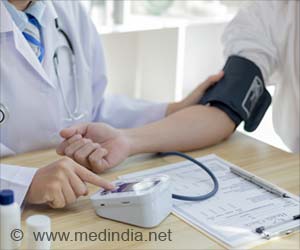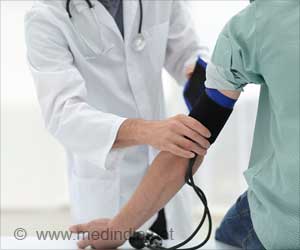High blood pressure patients who exercise regularly can reduce death risk from cardiovascular disease, reveals a new study.

Moreover, the excess mortality risks of physical inactivity, when converted into a "blood pressure equivalence of physical activity" measurement, revealed that physical inactivity was similar to a rise in mortality risk equivalent to an increase in blood pressure of 40-50 mmHg.
"The risk of developing CVD has been proven to increase significantly as blood pressure increases; and reducing blood pressure to reduce CVD risk is an important treatment goal for all physicians," CP Wen, from the National Health Research Institute, Taiwan, said.
"This study is the first to quantify the impact of exercise on the risk profile of people with high blood pressure. Appreciating this relationship will hopefully help to motivate people with high blood pressure that are inactive to take exercise.
"To date, exercise and high blood pressure have been managed separately, with people mainly being concerned about their blood pressure readings. However, these results suggest that doctors should also discuss the importance of physical exercise as a means to manage the CVD and all-cause mortality risk," Wen said.
The prospective study of 434,190 individuals in Taiwan was conducted over a period of 12 years. Of the participants 54 percent were classified as inactive, 22 percent as low active and 24 per cent were considered to be medium, or above, active.
Source-ANI
 MEDINDIA
MEDINDIA




 Email
Email









